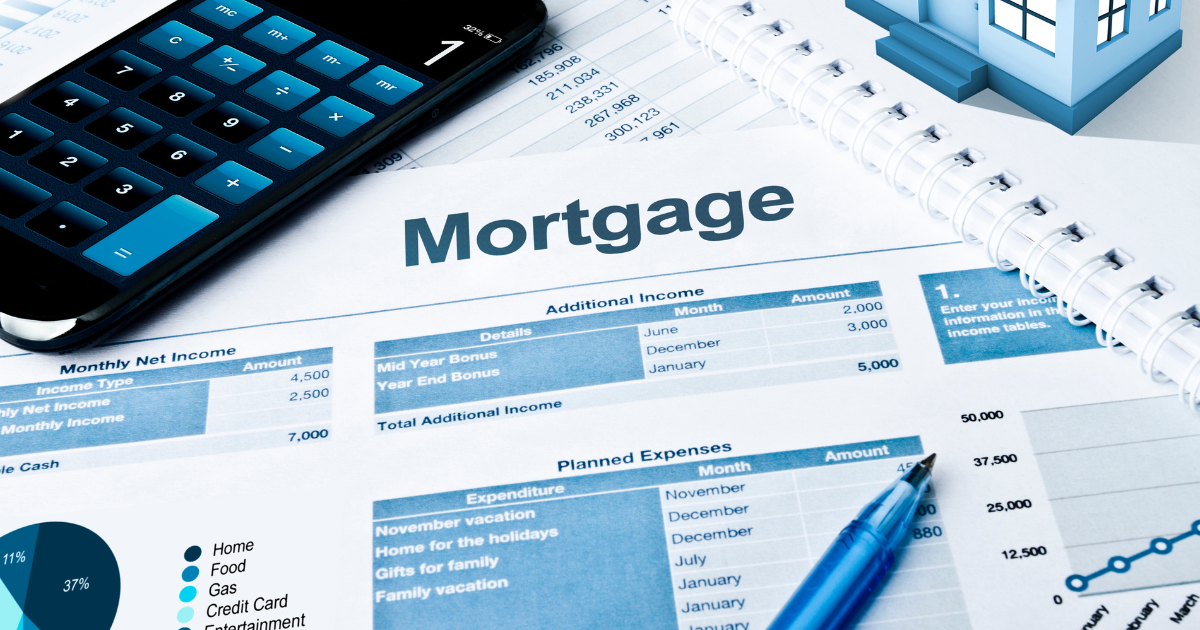Buying a home is one of the biggest financial steps you’ll ever take, and the type of mortgage you choose has a major impact on what you pay and how you qualify. One of the most common options for first-time buyers, and for those with less-than-perfect credit or smaller down payments, is the FHA loan. But what exactly is an FHA loan, and how does it work?
At CapCenter, we believe in helping you cut through the jargon and see clearly how your financing options compare. Let’s break down everything you need to know about FHA loans—how they’re structured, who they help, and whether they’re the right fit for your homebuying journey.
What is an FHA Loan?
An FHA loan is a type of mortgage that’s insured by the Federal Housing Administration (FHA). Unlike conventional loans, which are backed by private lenders and investors, FHA loans are designed specifically to make homeownership more accessible. Because they’re federally insured, lenders can approve buyers who might not qualify under stricter conventional loan standards.
For many first-time homebuyers, FHA loans serve as a bridge to homeownership, offering flexibility with credit, income, and down payment requirements.
Why FHA Loans Exist
The FHA was created in 1934 during the Great Depression to stabilize the housing market and encourage homeownership at a time when buying a house felt impossible for most families. Before FHA loans, buyers often needed down payments as high as 50% and very short repayment terms, putting ownership out of reach.
By insuring lenders against losses, the FHA gave banks confidence to approve more borrowers. That mission continues today: FHA loans remain one of the most widely used mortgage programs in the U.S., particularly for younger buyers and households rebuilding credit.
How FHA Loans Work
An FHA loan still comes from a private lender like CapCenter. The FHA doesn’t directly lend money—it simply insures the loan against default. This allows lenders to approve buyers with lower credit scores, smaller down payments, or higher debt-to-income ratios than they’d normally accept.
Here’s what makes an FHA loan stand out:
- Lower credit score requirements – Conventional loans often require scores in the mid-600s or higher. FHA loans can be approved with scores as low as 580 (sometimes even lower with higher down payments).
- Smaller down payment – FHA loans require as little as 3.5% down, compared to 5–20% with other loan types.
- Flexible income and debt standards – FHA guidelines allow for higher debt-to-income ratios, making it easier to qualify if you have student loans, car loans, or other obligations.
FHA Loan Requirements
Although FHA loans are more flexible, there are still requirements every borrower must meet. The most important are:
1. Credit Score
- A credit score of 580 or higher allows for just 3.5% down.
- Scores between 500–579 may still qualify, but you’ll need at least 10% down.
2. Down Payment
The minimum down payment is 3.5% of the purchase price if your credit is 580+. This is why FHA loans are so attractive to first-time buyers who don’t have years of savings built up.
3. Mortgage Insurance
Every FHA loan requires mortgage insurance premiums (MIP). This protects lenders in case of default and is one of the tradeoffs for FHA’s flexible standards. There are two types:
- Upfront Mortgage Insurance Premium (UFMIP): Paid at closing, typically 1.75% of the loan amount.
- Annual Mortgage Insurance Premium (MIP): Added to your monthly payment.
4. Primary Residence Requirement
FHA loans can only be used for homes you’ll live in. They’re not for second homes or investment properties.
5. Property Standards
Homes must meet certain condition requirements to qualify for FHA financing. The goal is to ensure the property is safe, secure, and livable.
FHA Loan Limits
FHA sets annual loan limits based on local housing prices. In 2025, the baseline limit in most areas is $498,257, though it can be much higher in expensive housing markets. If you’re buying in a high-cost area, the FHA limit could exceed $1,149,825.
CapCenter’s team can help you determine your area’s FHA loan limits and how they compare to conventional conforming loan limits.
FHA vs. Conventional Loans
A common question buyers ask is whether to choose FHA or conventional financing. The right choice depends on your situation.
- Down payment: FHA is lower at 3.5%, but some conventional loans now allow 3%.
- Credit flexibility: FHA is more forgiving of lower credit scores and limited history.
- Mortgage insurance: FHA requires MIP for the life of the loan (unless you refinance), while conventional PMI can be removed once you reach 20% equity.
- Property requirements: FHA has stricter condition standards. Conventional loans offer more flexibility if the home needs cosmetic updates.
If you have strong credit and stable income, conventional may be more cost-effective long term. But if you’re building or repairing credit, FHA may help you buy a home sooner.
FHA Loan Pros and Cons
Every mortgage program has strengths and tradeoffs. Here’s what to weigh with FHA loans:
Advantages:
- Lower down payments
- More forgiving credit standards
- Easier qualification with higher debts
- Available nationwide
Drawbacks:
- Required mortgage insurance (adds to monthly cost)
- Limits on property type and condition
- Loan limits may cap what you can buy in high-cost markets
- Cannot be used for investment or vacation homes
Who Should Consider an FHA Loan?
FHA loans are often the best fit for:
- First-time homebuyers with limited savings.
- Buyers with lower credit scores or limited credit history.
- Households with higher debt loads who may not meet conventional thresholds.
- Buyers in affordable markets where FHA loan limits align with local home prices.
If you fall into these categories, FHA financing can make homeownership a reality sooner than waiting to save for a larger down payment or rebuild credit for a conventional loan.
How CapCenter Helps FHA Borrowers
Here’s where CapCenter stands out: while most lenders charge thousands in fees at closing, CapCenter offers Zero Closing Cost FHA loans. That means no lender fees, no origination fees, no appraisal management fees—costs that other lenders typically pass directly to you.
This can save you thousands upfront and keep more of your money working for you. Pair that with our in-house process, experienced team, and commitment to transparency, and FHA buyers can move into their new homes with confidence.
You can also use our mortgage calculator to see how an FHA loan might fit your budget—or check your home value if you’re considering refinancing into FHA.
FHA Loans and Refinancing
FHA loans aren’t just for purchases. They also have refinancing options, including:
- FHA Streamline Refinance – A simplified process with less paperwork, designed to lower your rate or payment if you already have an FHA loan.
- FHA Cash-Out Refinance – Lets you tap your equity while keeping FHA’s more flexible standards.
CapCenter can help you explore whether refinancing into FHA (or out of it into conventional) saves you the most in the long run.
FHA Loan FAQs
Can I remove FHA mortgage insurance?
Not without refinancing. FHA MIP is required for the life of the loan if you put less than 10% down. With 10% down, it falls off after 11 years.
Are FHA loans only for first-time buyers?
No. Anyone can use an FHA loan, but they’re especially popular with first-time buyers.
Is FHA better than VA or USDA loans?
It depends. VA and USDA loans often offer even lower costs but are limited to veterans or rural areas. FHA is more widely available.
Is an FHA Loan Right for You?
FHA loans are a powerful tool, but they’re not always the best long-term choice. If you qualify for conventional financing with strong credit, you may save money by avoiding lifetime mortgage insurance. But if you’re working with limited savings or a credit profile in progress, FHA can be the key that unlocks homeownership.
At CapCenter, we don’t just offer loans—we help you compare options side by side, showing you how much you’ll save with our Zero Closing Cost promise. Whether FHA, conventional, VA, or something else, our job is to put you in the best position to succeed.
Ready to see what you qualify for? Get started with CapCenter today.




